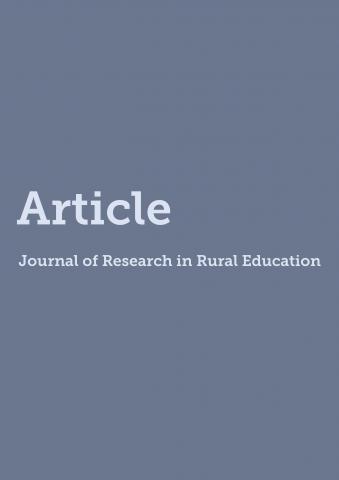Search Articles

book

book

book

book
Rural schools have repeatedly been subjected to standardizing state and federal education policies that seek to minimize variance in instructional systems and increase the number of college- and career-ready graduates. The Race to the Top policy agenda combined standards-based and accountability-based reforms to meet these objectives and once again subjected rural schools to innovations from outside experts. This qualitative study uses four instrumental cases of rural schools to understand: 1) leadership strategies, and 2) mechanisms and processes of alignment, which allowed schools to maintain high levels of student performance in the face of disruptive policy innovations. The findings of the cross-case analysis identify rural school and district leaders’ contingent use of adaptive strategies of buffering, bridging, and brokering. Mechanisms and processes of shared goal setting, ongoing curriculum revision, and teacher collaboration that contribute to the development of coherence supported these strategies. Together, leadership strategies and coherence allow leaders and educators to assimilate, transform, and create new knowledge in ways that provide absorptive capacity and allow for selective implementation of disruptive innovations.

book

book

book

